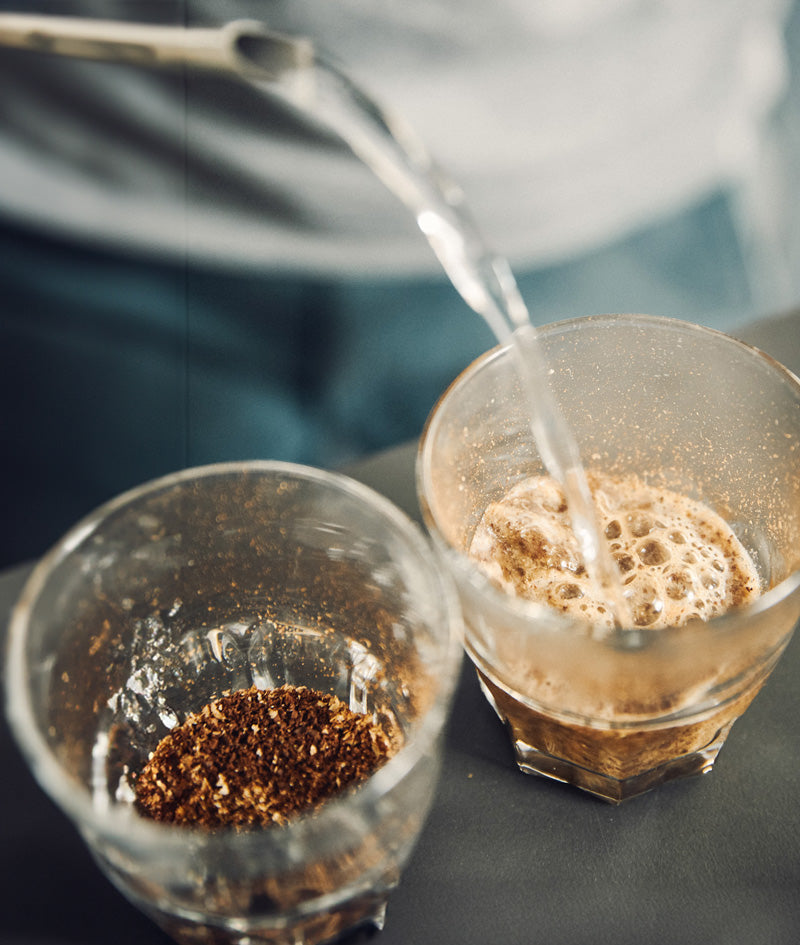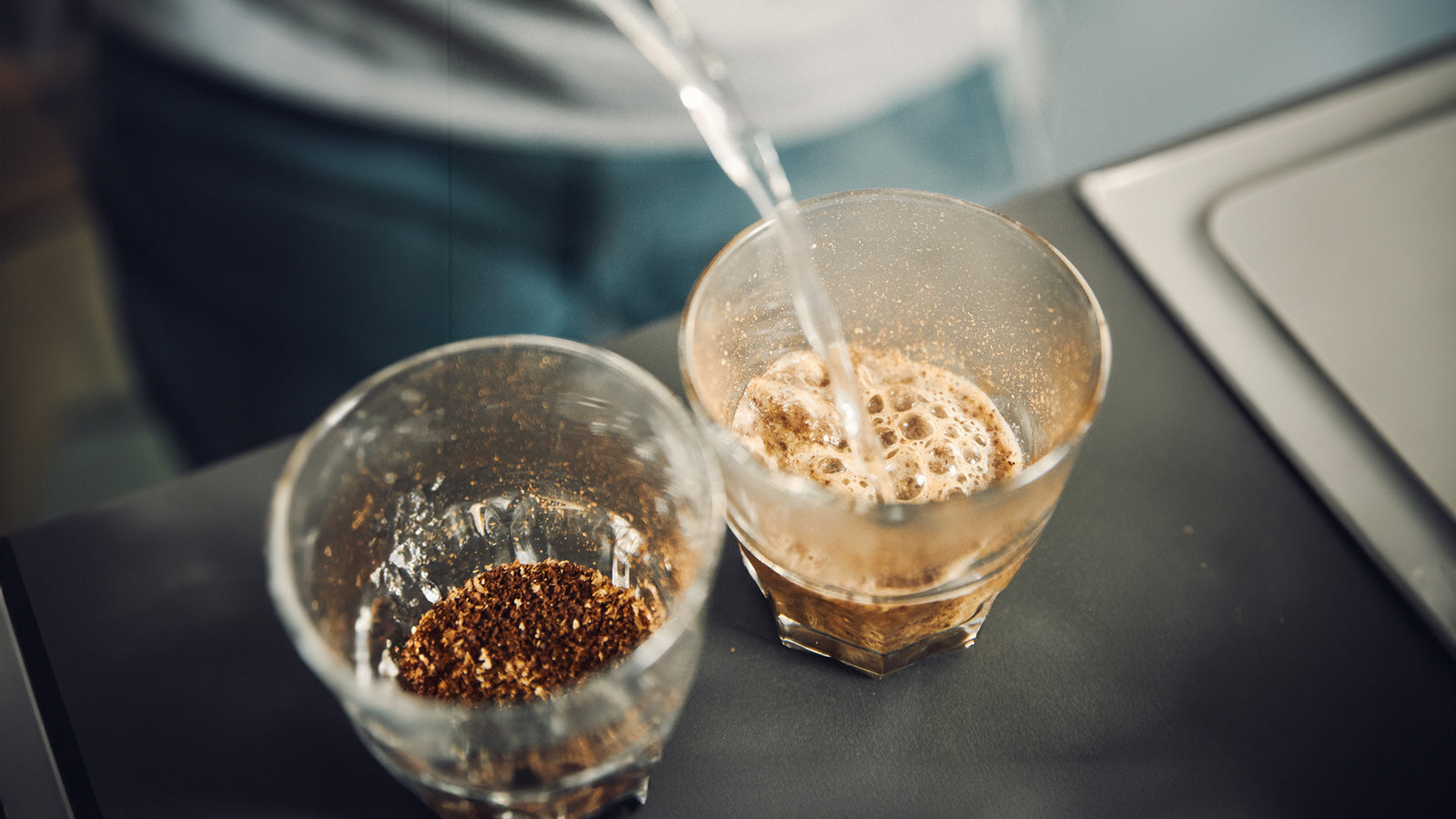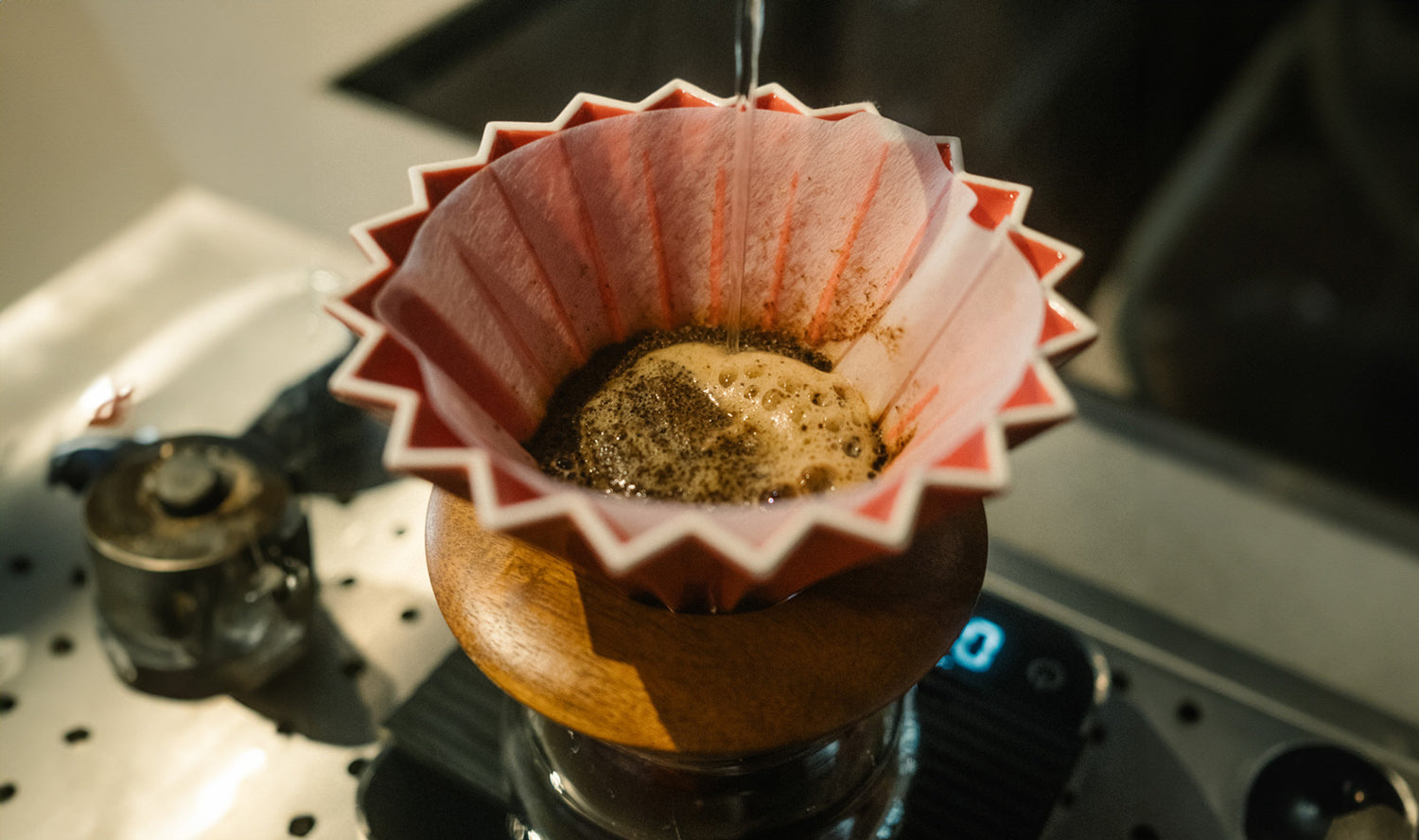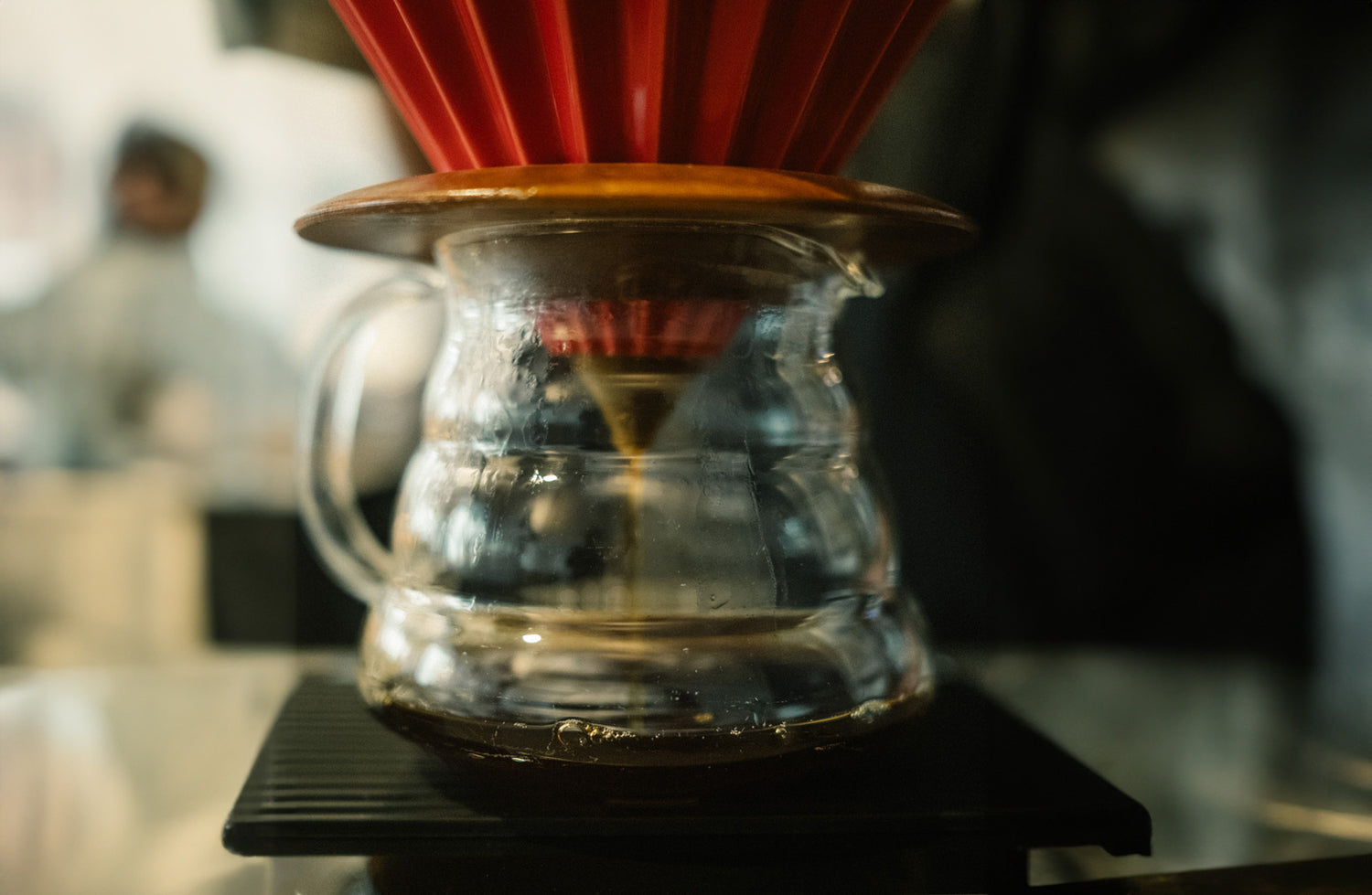In order to achieve the best possible taste experience from your chosen coffee beans, the coffee must be ground correctly to suit the chosen preparation method. The correct grinding level depends on the preparation method and the personal taste characteristics that you want to discover in your cup profile. The grinding level of coffee varies greatly depending on the different preparation methods. On this page we will show you how you can adjust the grinding level of coffee to suit your personal wishes and what equipment you need for this.
Experienced coffee lovers already know: When it comes to preparing coffee, there are many different ways to do it. To ensure that the coffee can develop its unique flavor, it is important to find the right grind for the preparation method chosen. If you choose the wrong grind, the end result in your cup may not have the desired flavor.
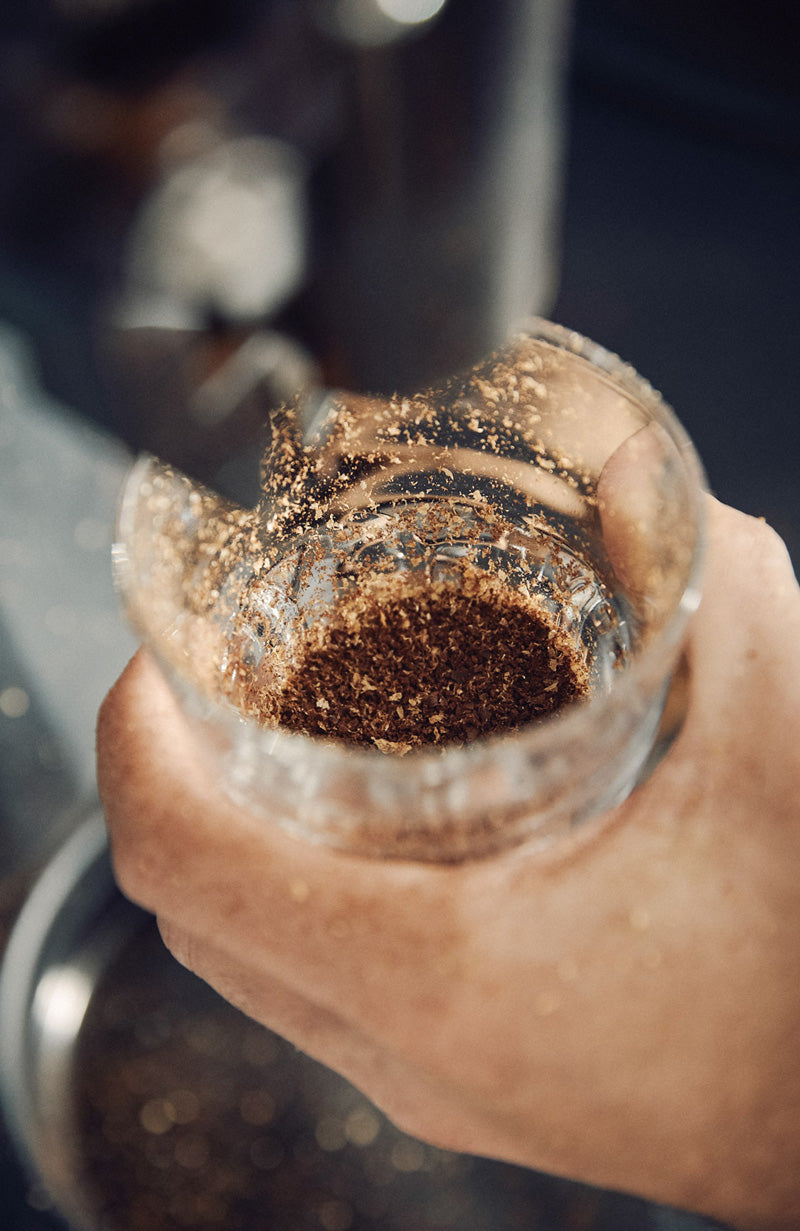
Wrong coffee grind - the consequences
When it comes to the taste and the fine notes in the cup profile, the degree of grinding plays a significant role. During preparation, just enough aromas should be released from the ground coffee. If too many aromas are released from the coffee, the end result will taste extremely strong and inedible bitter. The coffee was ground too finely. If not enough aromas are released from the coffee, the coffee will taste rather watery and thin. The coffee was then ground too coarsely.
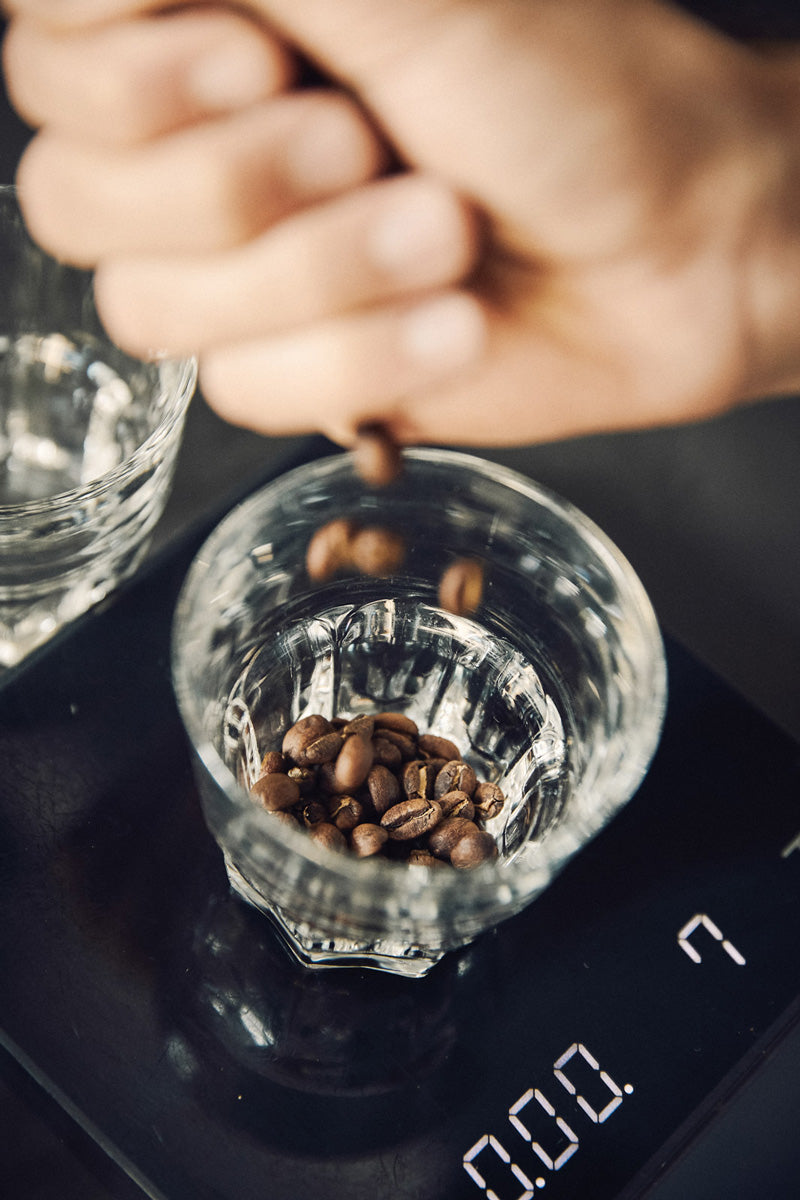
The degree of grinding of coffee - what should be achieved?
As mentioned above, it is a great art to extract exactly the right amount of aromas from the ground coffee. Anyone who wants to extract the maximum amount of aromas from the bean will be disappointed. In order to achieve a tasty end result, only around 20% of the flavors should be extracted from the coffee.
If too many flavors are released, over-extraction occurs. The coffee tastes too bitter. If there are too few flavors, the exact opposite occurs - under-extraction. The coffee tastes bland and watery. The coffee grind should be adjusted so that it can release the ideal amount of flavors into the water.
The right grinding level depending on the preparation method
The grind level is selected based on your preparation method. There are rough guidelines that you can use to help you easily determine the right grind level. If your coffee still doesn't taste the way you imagined it, you should adjust the grind level a little. However, you can use the guidelines to help you do this.
-

French Press
Find the right coffeeCoarsely ground coffee. The French press works by direct extraction in the water. The coffee brews in the water for around 4 minutes and releases its aromas.
-

Chemex
Find the right coffeeMedium to coarse grind. The coffee is passed through a thicker filter paper, which filters out the suspended particles and oils in the coffee.
-
Hand filter
Find the right coffeeMedium grind. Flow rate and taste should be carefully considered. The brewing process should last between 2:30 and 3 minutes.
-

AeroPress
Find the right coffeeFor an even extraction, it is best to choose a fine to medium grind - but you can vary it a lot, especially with the AeroPress.
-

Moka pot
Find the right coffeeMedium to fine grind. The coffee should be ground a little coarser than with a portafilter. This allows the rising water to release enough aromas.
-

Portafilter
Find the right coffeeVery fine. The contact time between water and coffee is very short, so the water has little time to release the aromas.
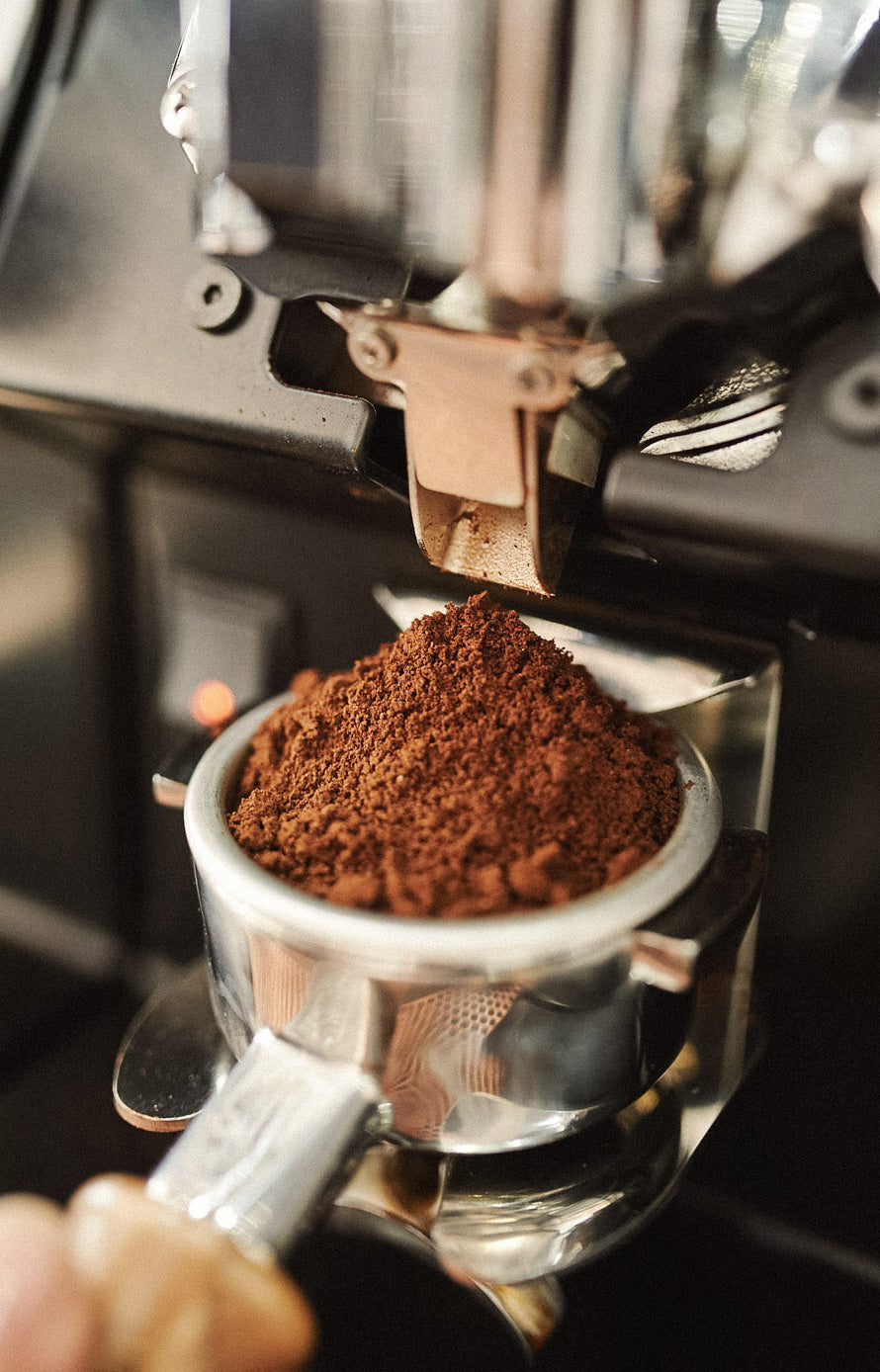
Coffee grind level for portafilter
So that you can adjust your grinding level to your taste requirements, there are a few parameters that you can use as a guide when making the settings. Of course, the preparation method also plays a major role here. For example, the grinder setting for a portafilter is a bit more complex than for other brewing methods. In addition, external influences such as weather, humidity and room temperature also play a role in how your coffee behaves. Therefore, you could adjust your grinder and your brewing result almost daily.
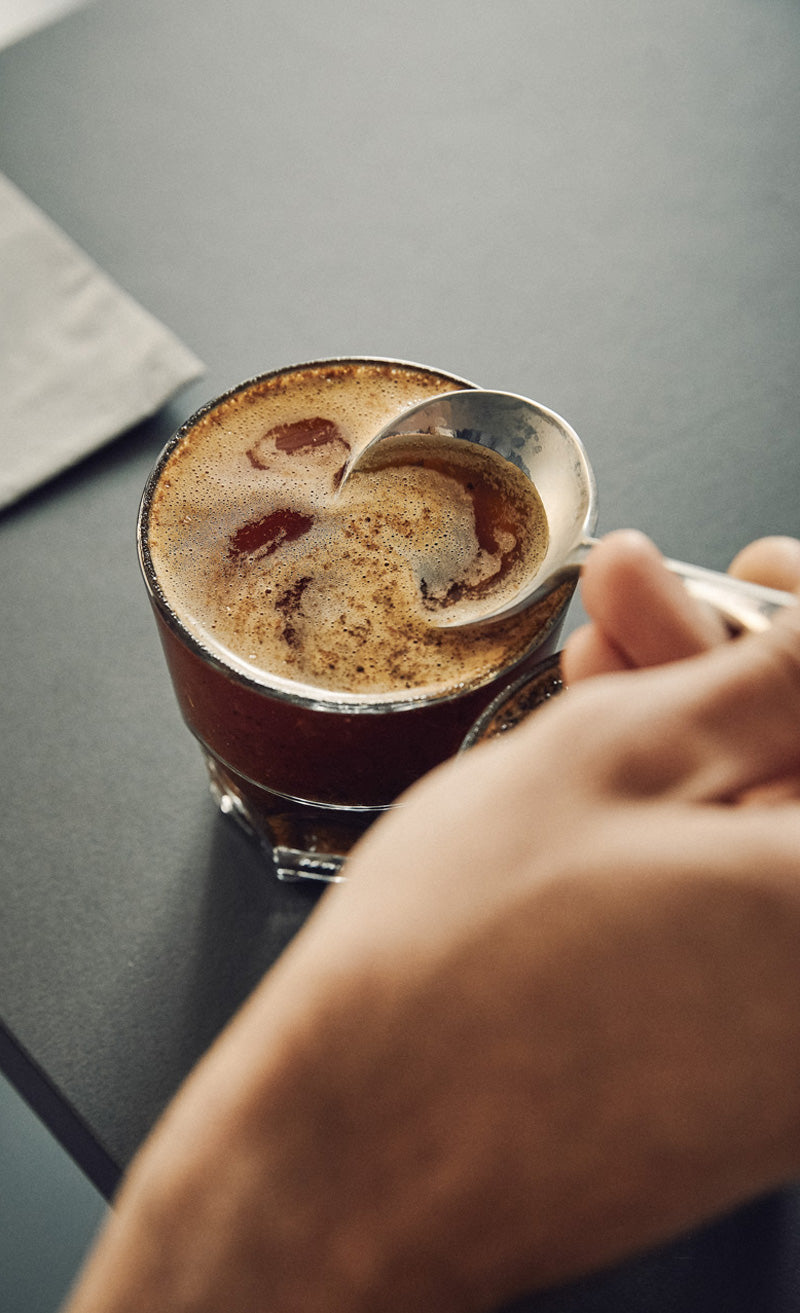
The grinding degree for other brewing methods
With other brewing methods, however, the grinding process of the coffee is not as sensitive. You can always grind all filter methods with the same grinding level. The same applies to other coffee makers such as the French Press or the Carl Henkel. If you still don't like the end result, there are a few basic parameters that you can adjust when setting up your grinder to really achieve the end result you want. You can find out how it works in the following section.
Fine adjustment of the coffee grind
So that you can adjust your grinder to your individual taste, you can use the following basic parameters as a guide. You can carry out this small check regularly because, as already described above, the properties in terms of preparation can differ from day to day. The climatic conditions in particular are responsible for how your grinder and the result, the ground coffee, behave. Sensitive preparation methods such as portafilter preparation require a little time, patience and experience in order to be able to prepare coffee optimally. On our YouTube channel you will find a practical video tutorial on how to adjust your espresso grinder optimally.
Run:
Too fast? Grind a little finer – Too slow? Grind a little coarser
Taste:
Too sour? Grind a little finer – Too bitter? Grind a little coarser
Body:
Too little? Use more coffee – Too much? Use less coffee
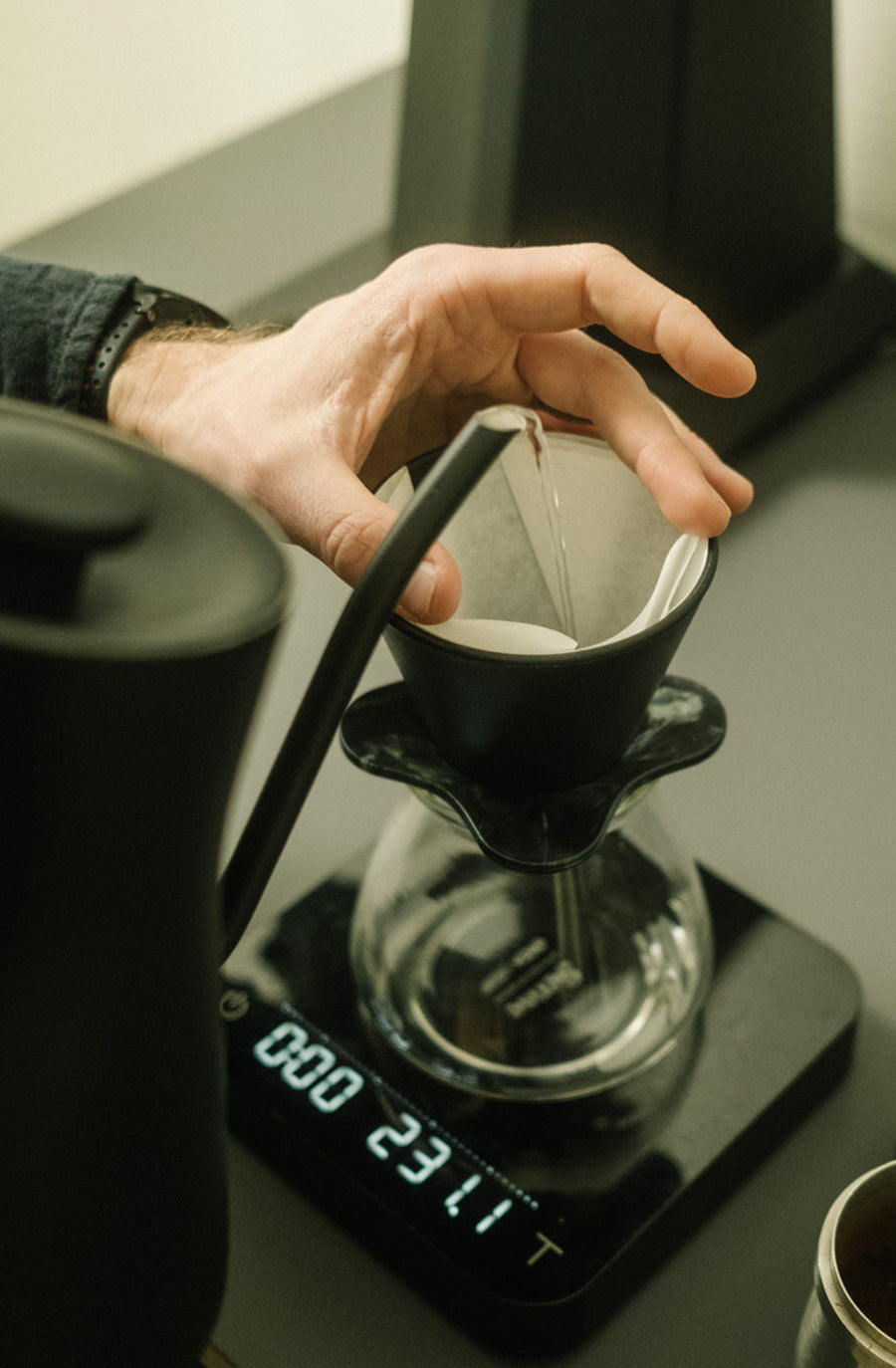
Check the coffee grind regularly
To ensure that you achieve a consistently tasty end result, you should regularly check the grind and the taste of your end result. With the short troubleshooting check, you can do this in just a few minutes. However, the general taste differences can also be recognized in everyday coffee enjoyment. If you notice a rather negative nuance, you can optimize the grind of the coffee at any time. You can also optimize the general taste in your cup step by step. The goal should always be optimal extraction, which is between 18 and 22%. This way, the coffee contains the optimal balance of the wide variety of aromas and the fine intensity, which gives the cup profile more depth.
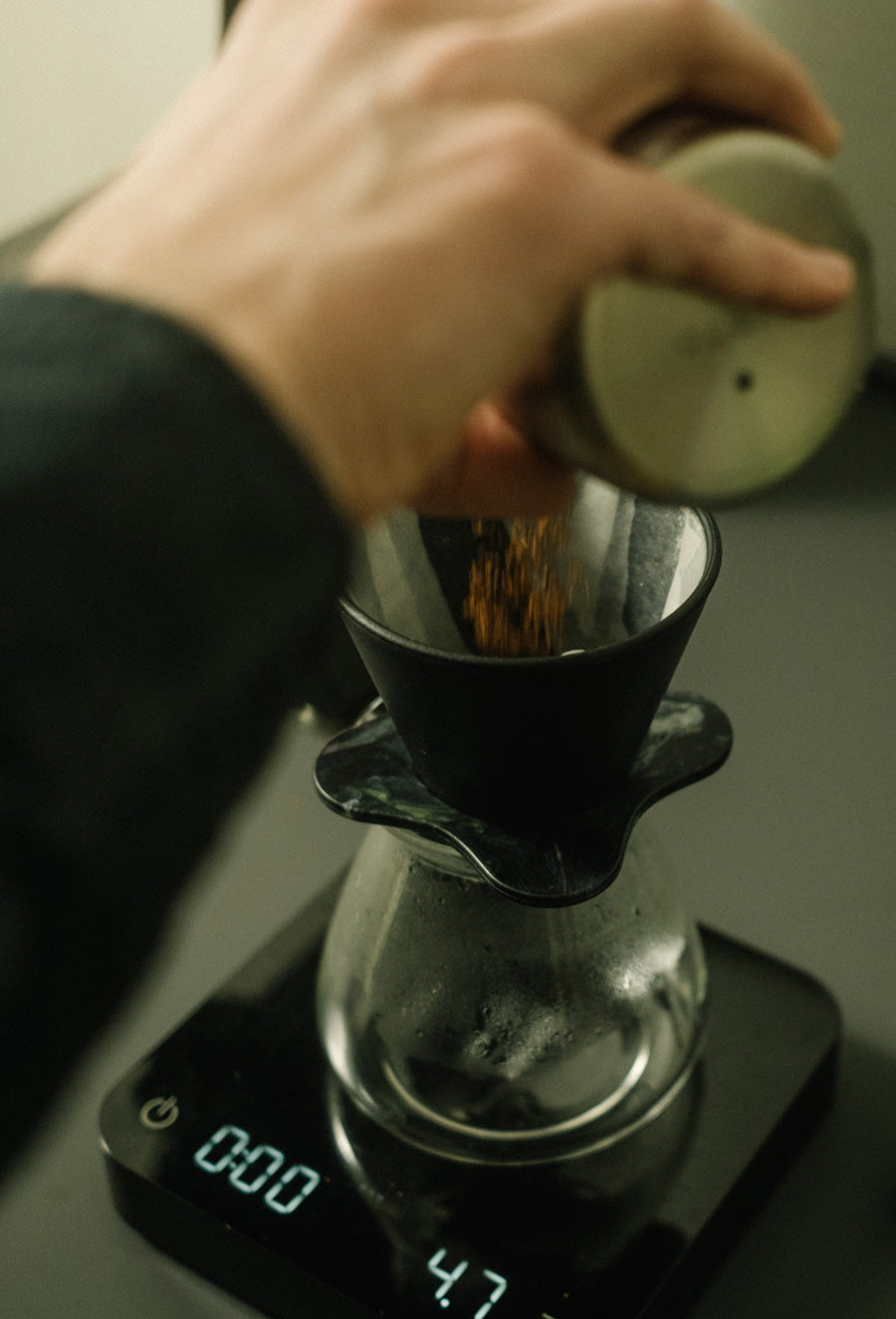
The grind level of coffee - over- and under-extraction
If the grind level of your coffee is chosen incorrectly, this will result in over- or under-extraction. This will either make the coffee taste boring and bland or it will be completely ruined. You already learned in the previous section that the optimal extraction is between 18 and 22%.
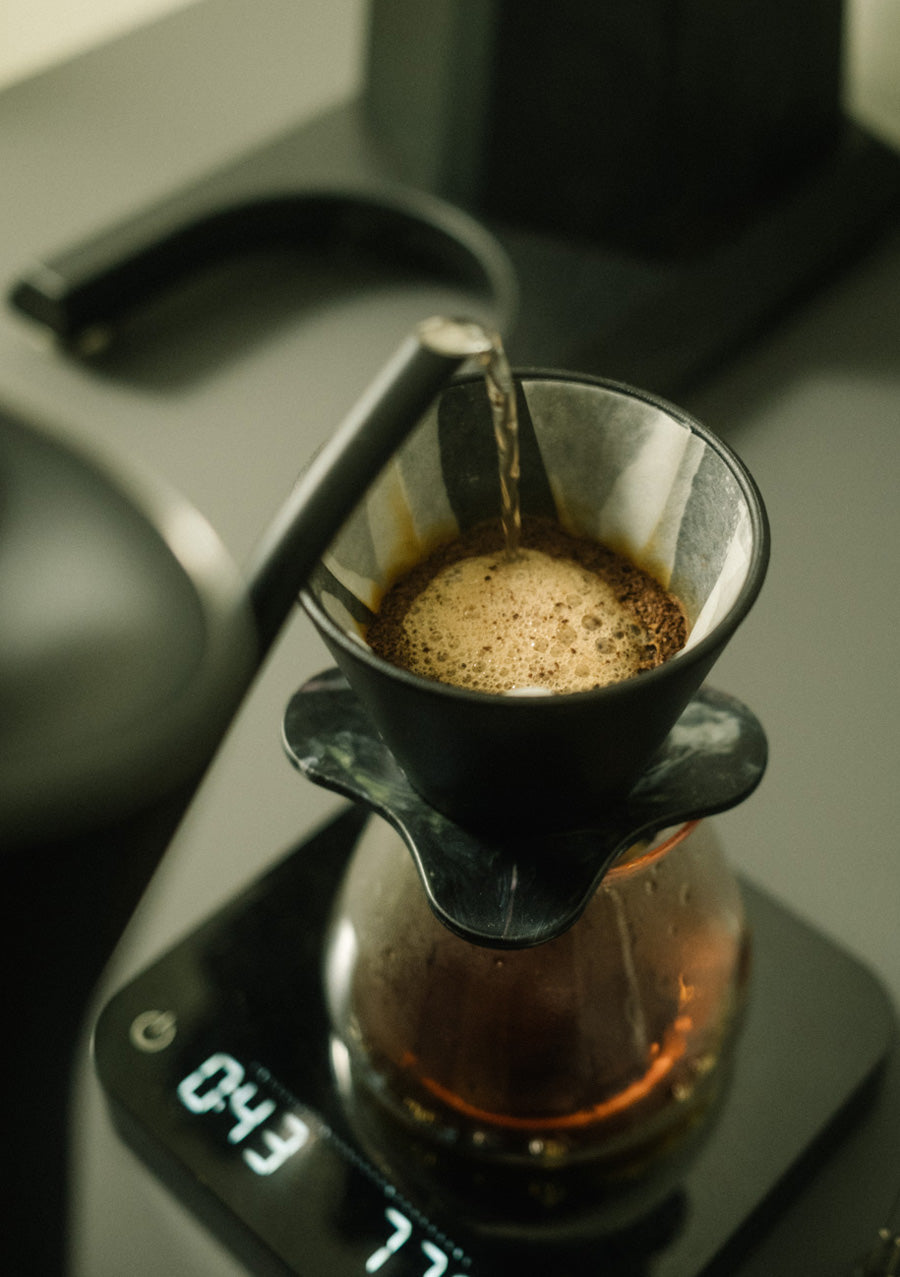
Coffee grind - over-extraction
Over-extraction means that too many bitter substances and tannins are released from the coffee. The fine aroma and tasty nuances of the selected coffee are thus overshadowed. This is already apparent in the brewing result. The color tends to be darker, which is ultimately reflected in the taste. It tastes bitter and much too intense. Why? The grind was chosen too finely. This means that the coffee has too long a contact time with the water and extracts more than the desired maximum 22 % of the ingredients from the beans.
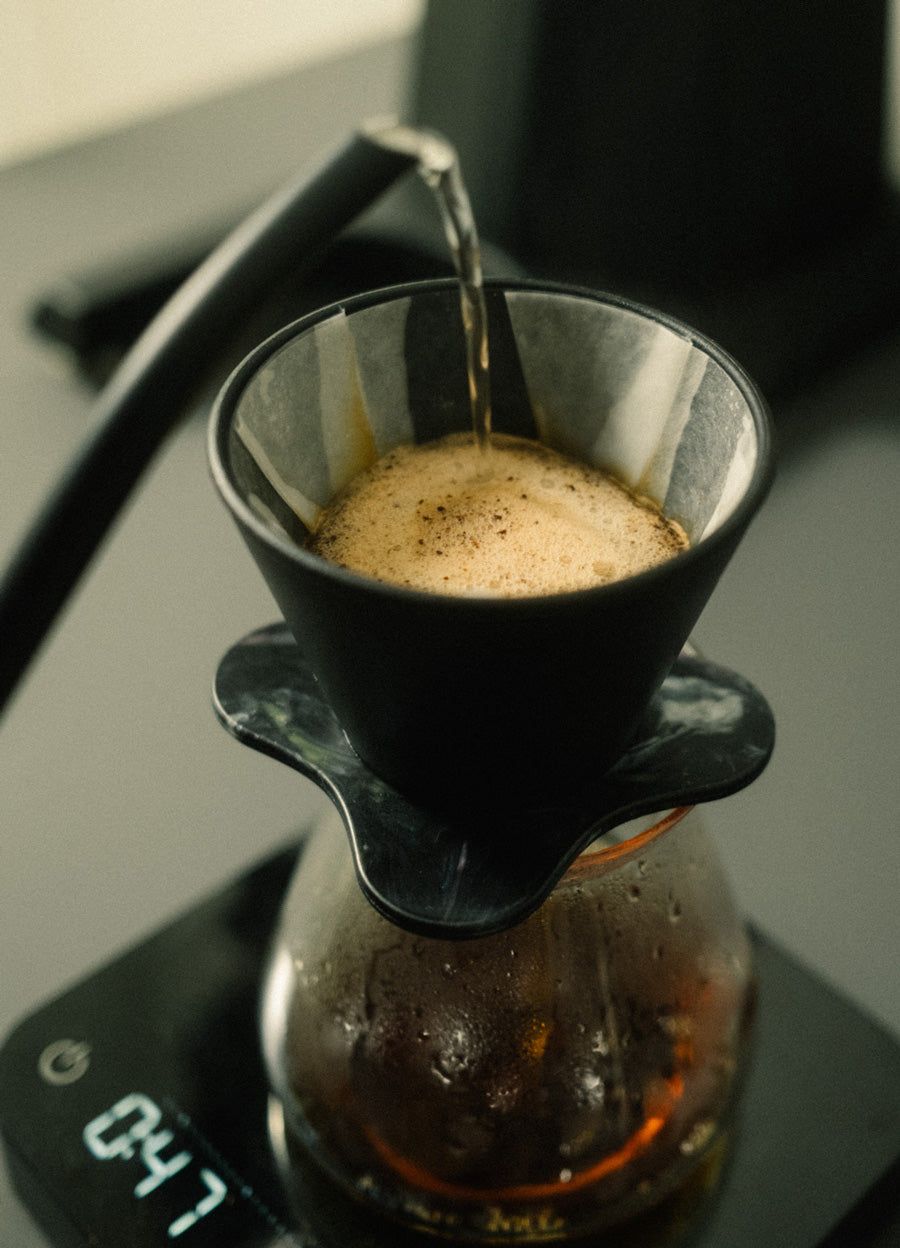
Coffee grind - under-extraction
With under-extraction, the opposite happens. The result is a coffee that has not been able to fully develop its flavor and is rather thin and flat. Too few components have simply been extracted from the coffee. The result: The coffee is lighter in color than desired and, above all, lacks intensity and body in terms of taste. Why? Less than 18 % of the components of the bean are extracted. This results in under-extraction.
Discover our Wildkaffee classics
-
Hausespresso
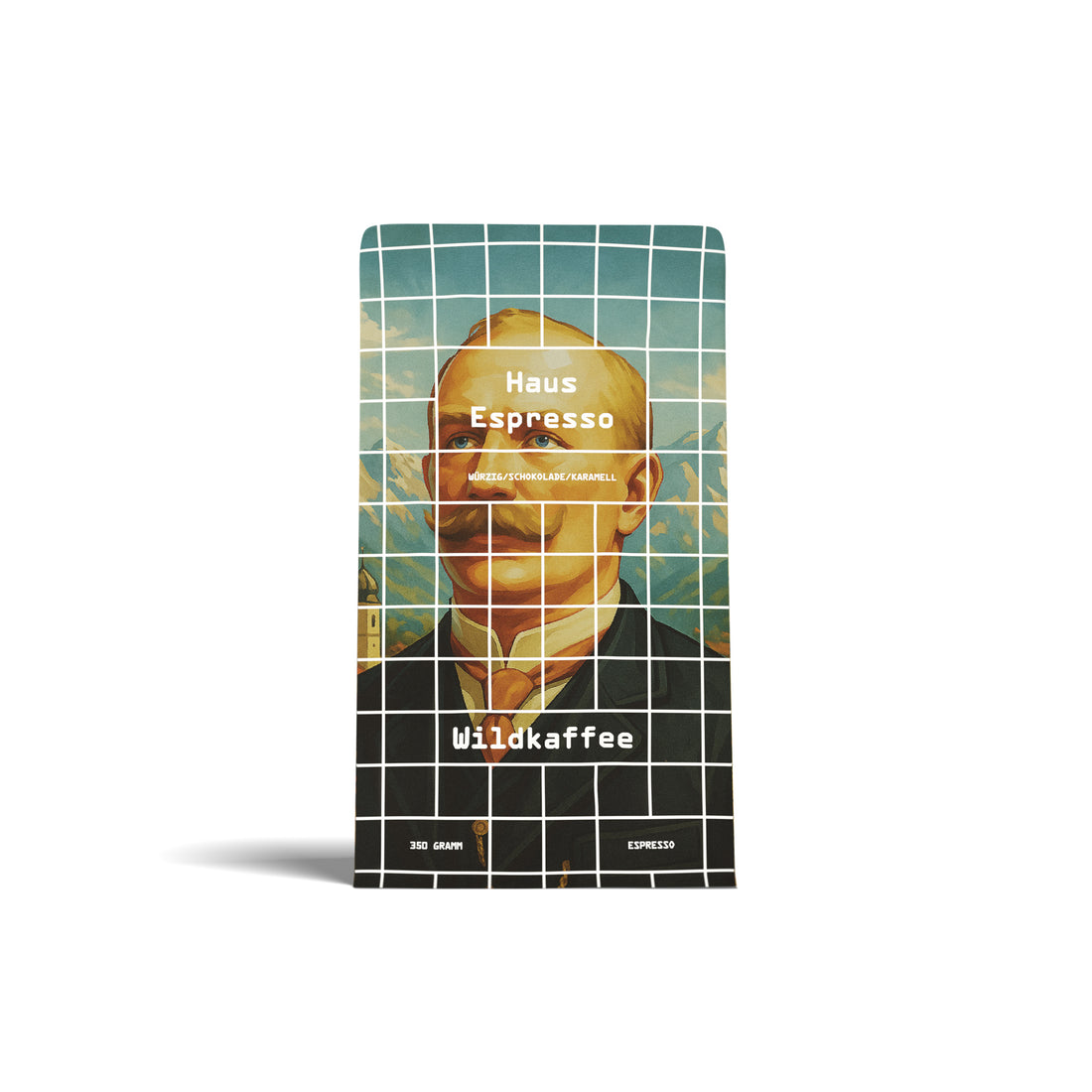 Hausespresso
Hausespresso- Regular price
-
€11,90 EUR €32,90 EUR - Regular price
-
- Sale price
-
€11,90 EUR €32,90 EUR - Unit price
-
€34,00 EUR per kg
-
Wilderer Espresso
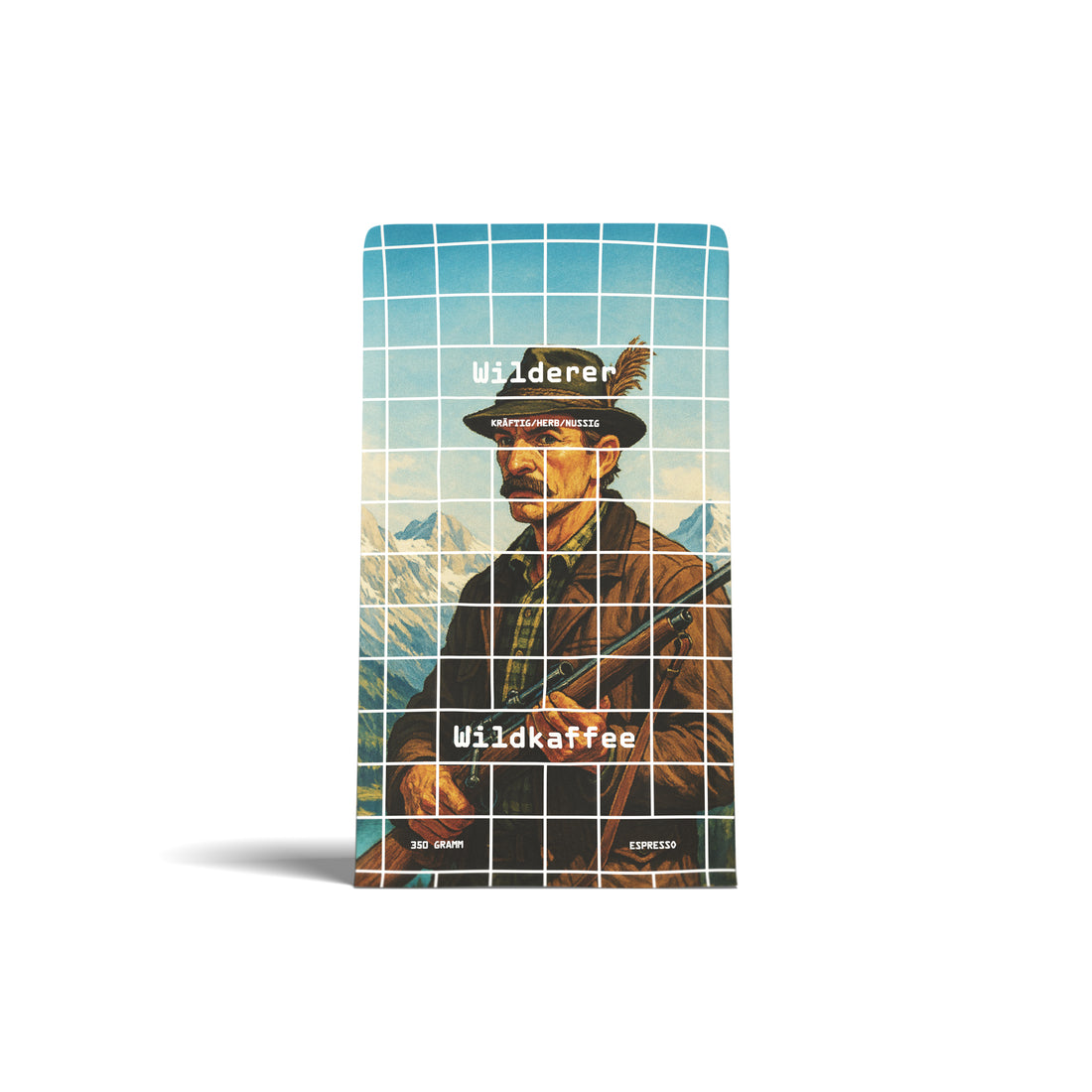 Wilderer Espresso
Wilderer Espresso- Regular price
-
€11,90 EUR €32,90 EUR - Regular price
-
- Sale price
-
€11,90 EUR €32,90 EUR - Unit price
-
€34,00 EUR per kg
-
Wildsau Espresso
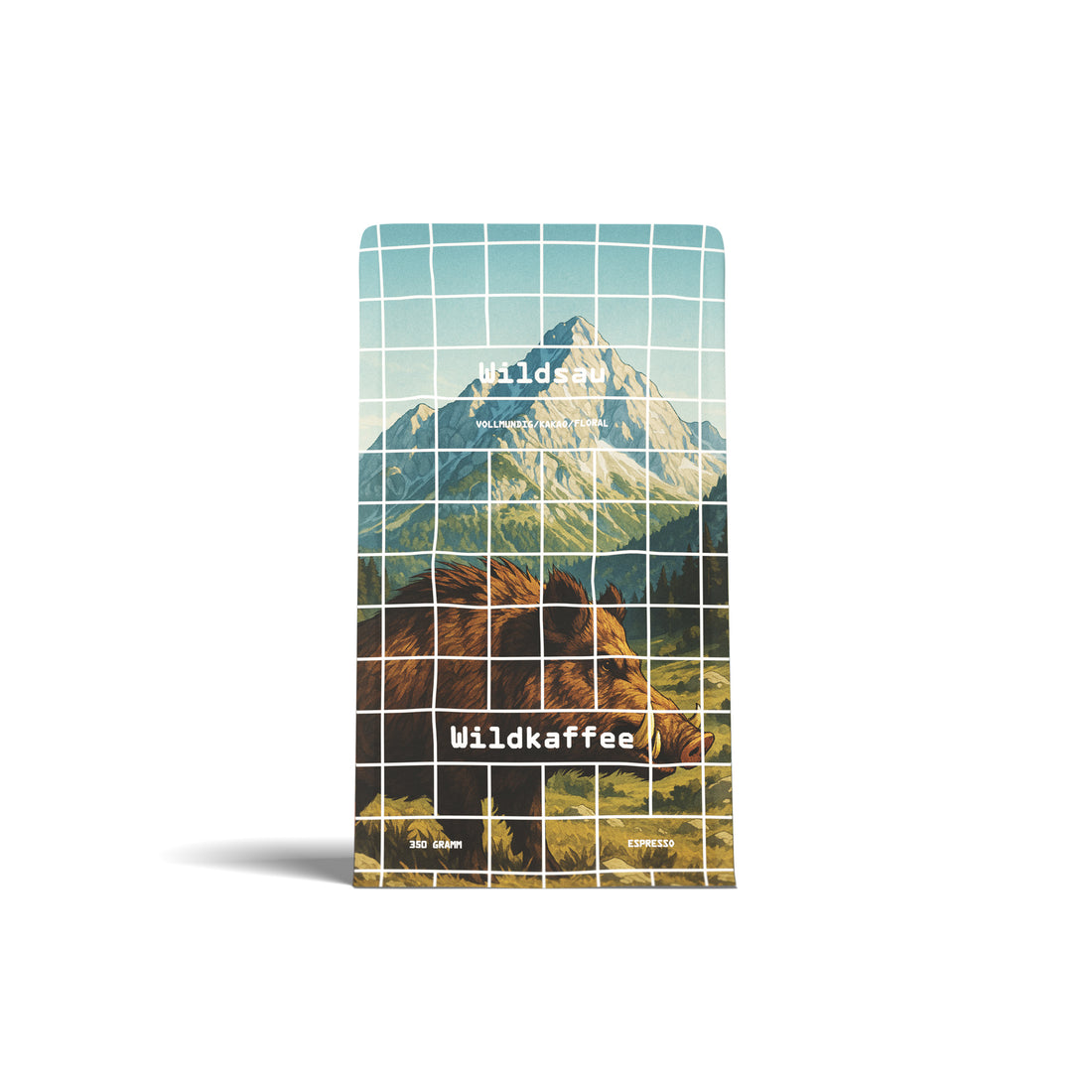 Wildsau Espresso
Wildsau Espresso- Regular price
-
€12,90 EUR €34,90 EUR - Regular price
-
- Sale price
-
€12,90 EUR €34,90 EUR - Unit price
-
€36,86 EUR per kg
-
El Salvador - Coffee School Project
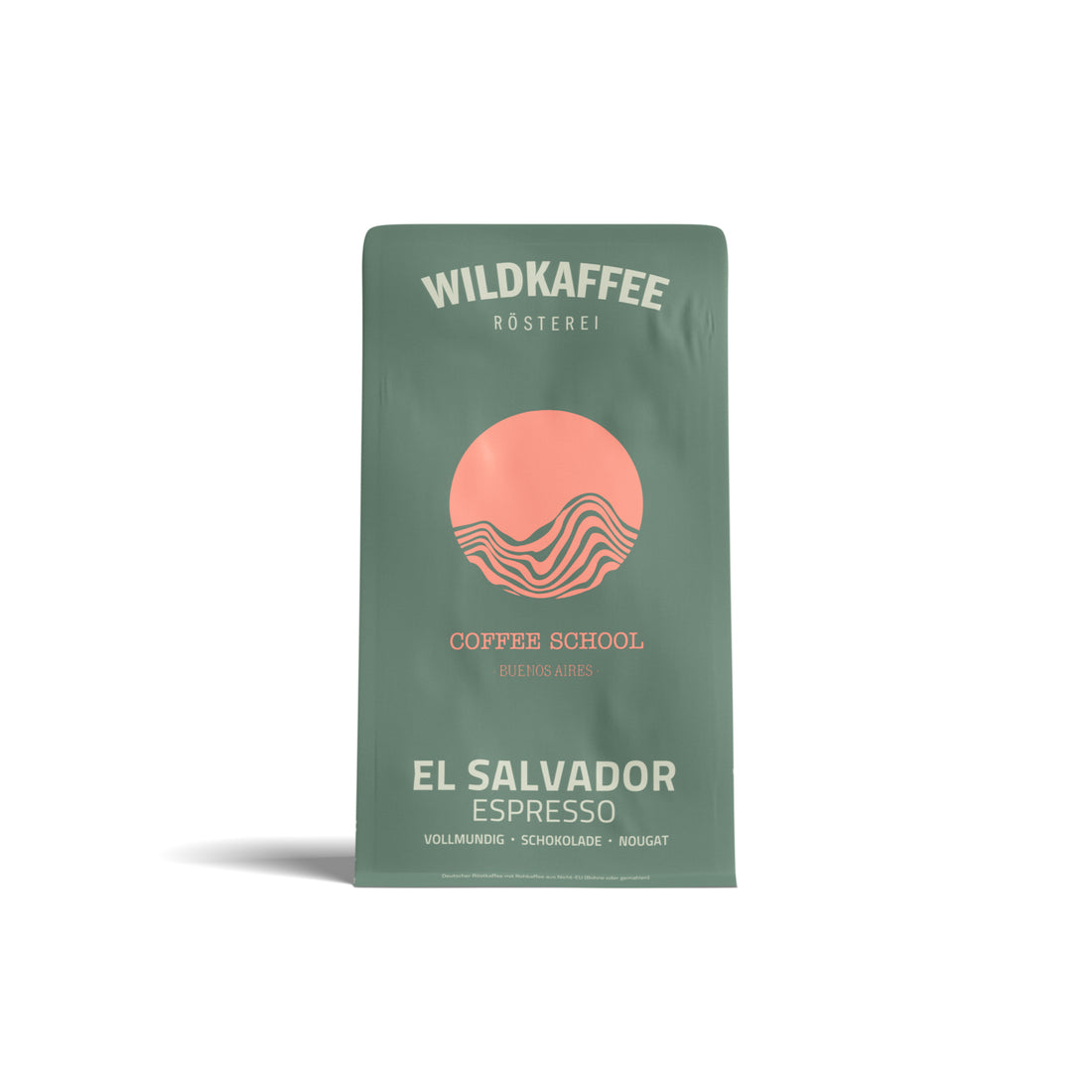 El Salvador - Coffee School Project
El Salvador - Coffee School Project- Regular price
-
€13,50 EUR €35,90 EUR - Regular price
-
- Sale price
-
€13,50 EUR €35,90 EUR - Unit price
-
€38,57 EUR per kg
